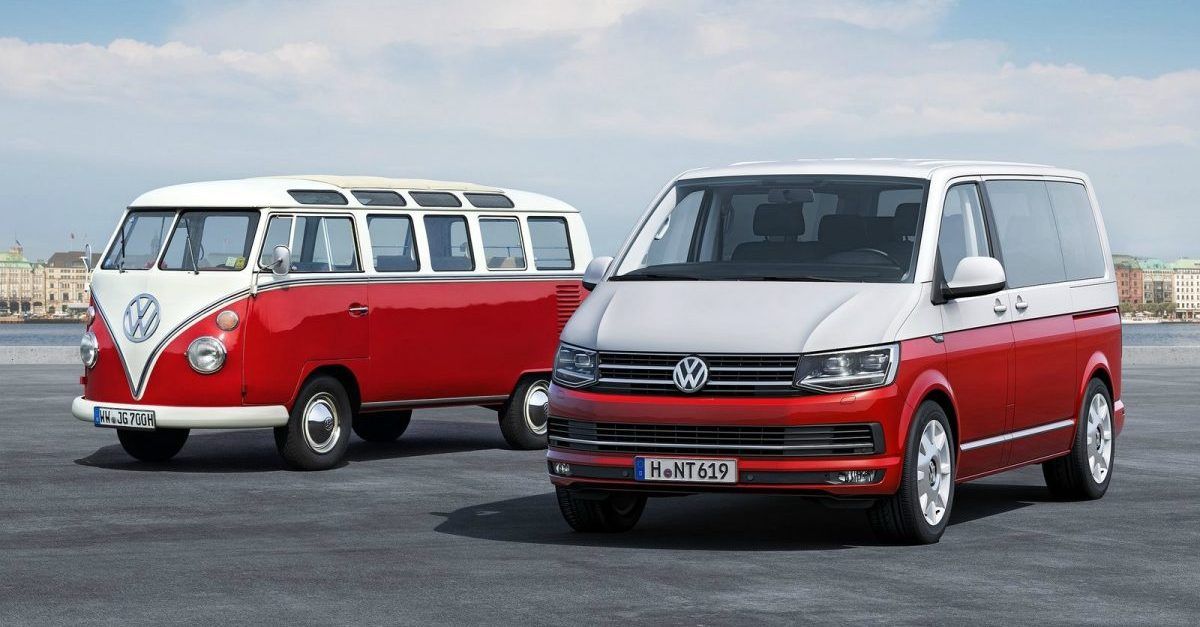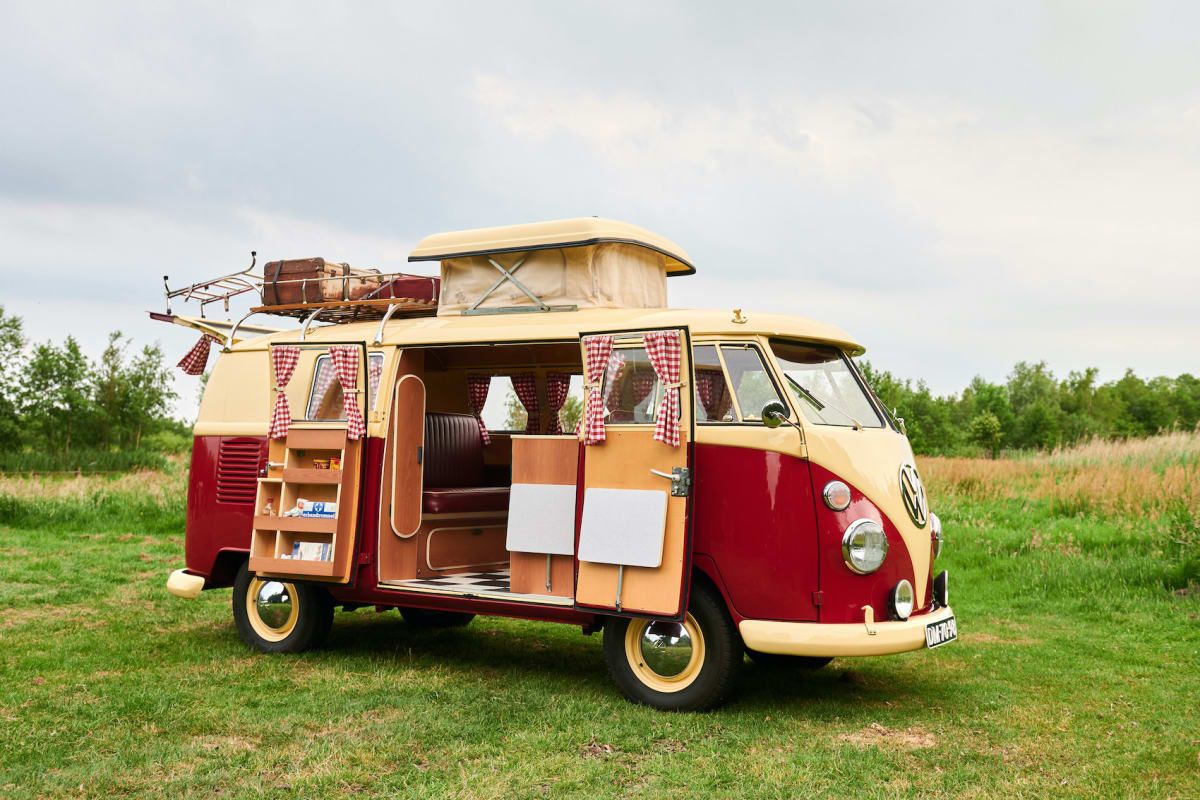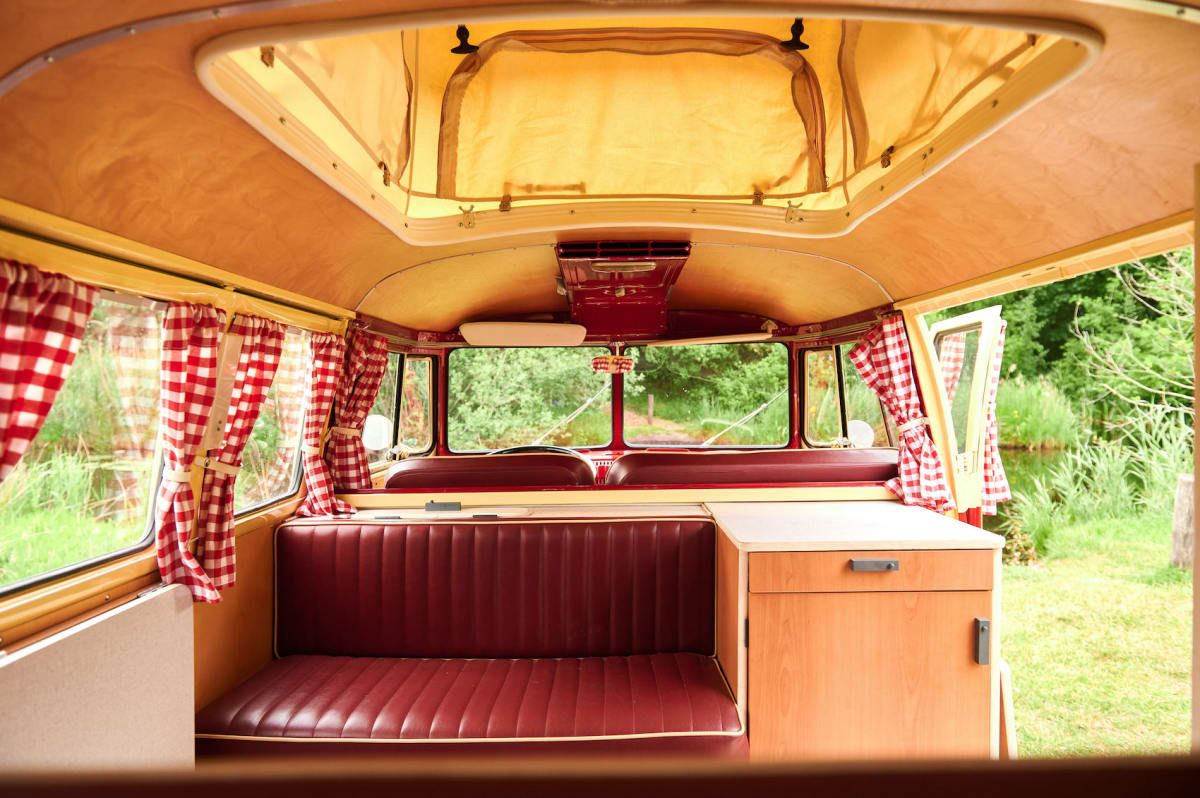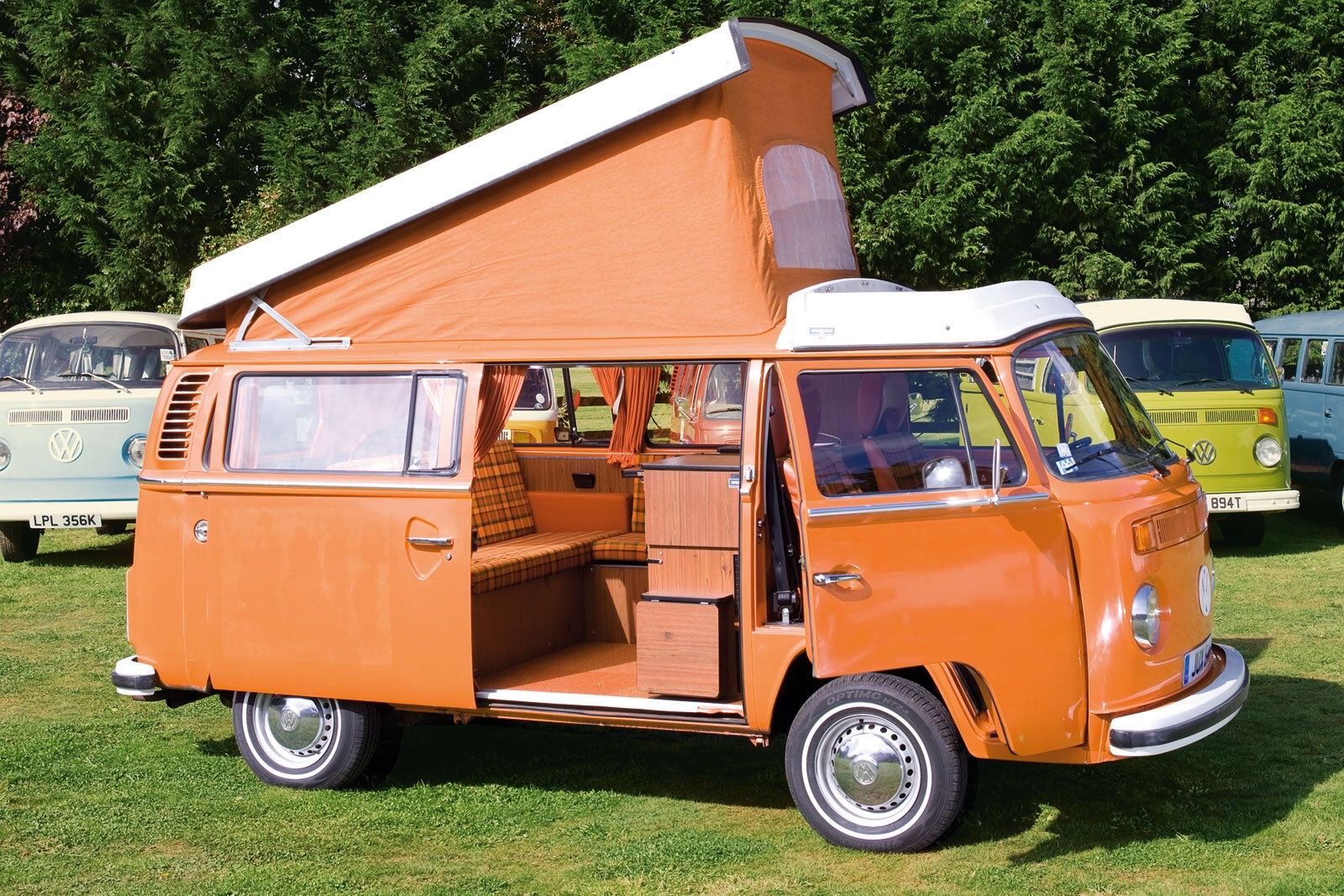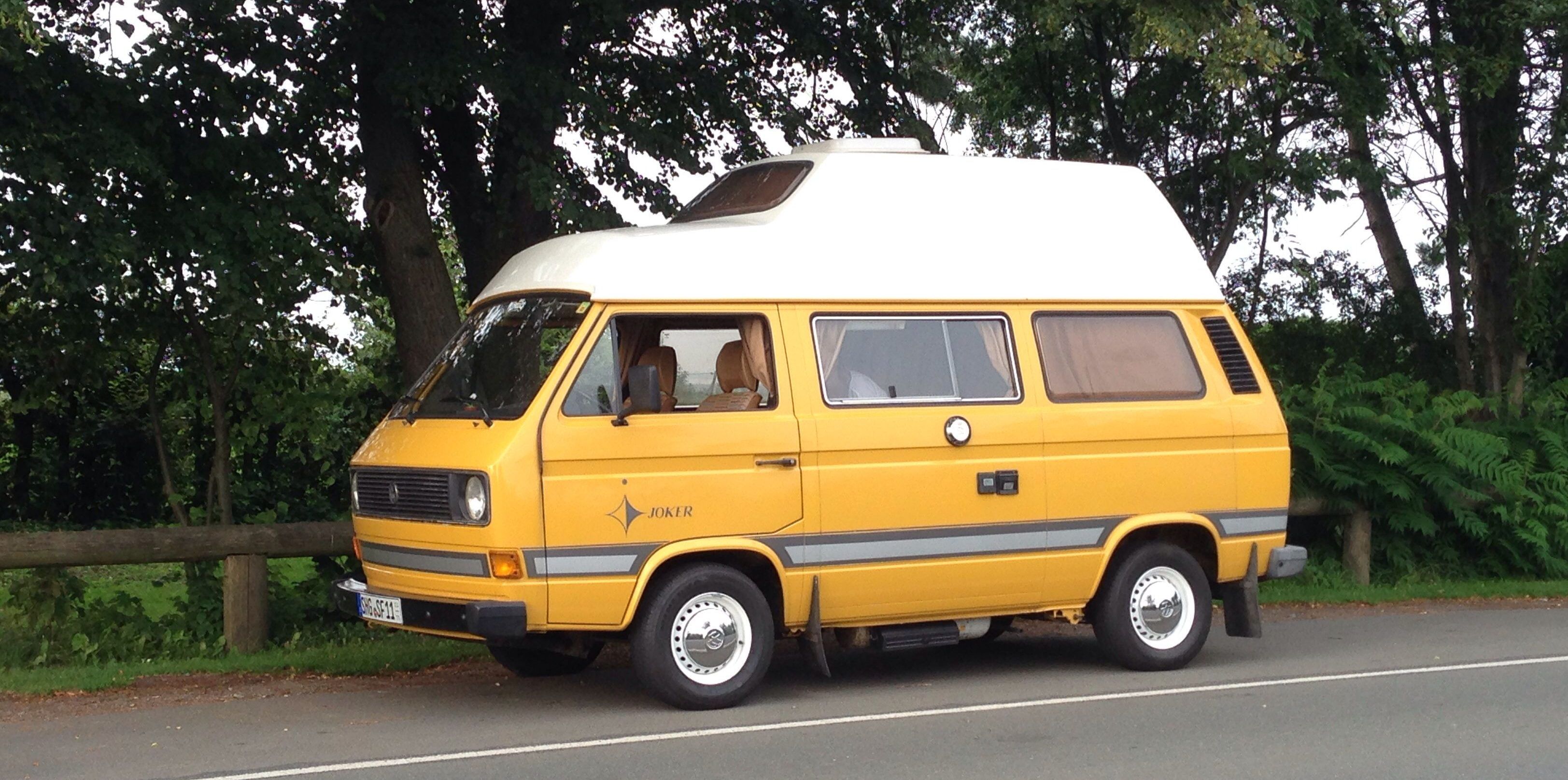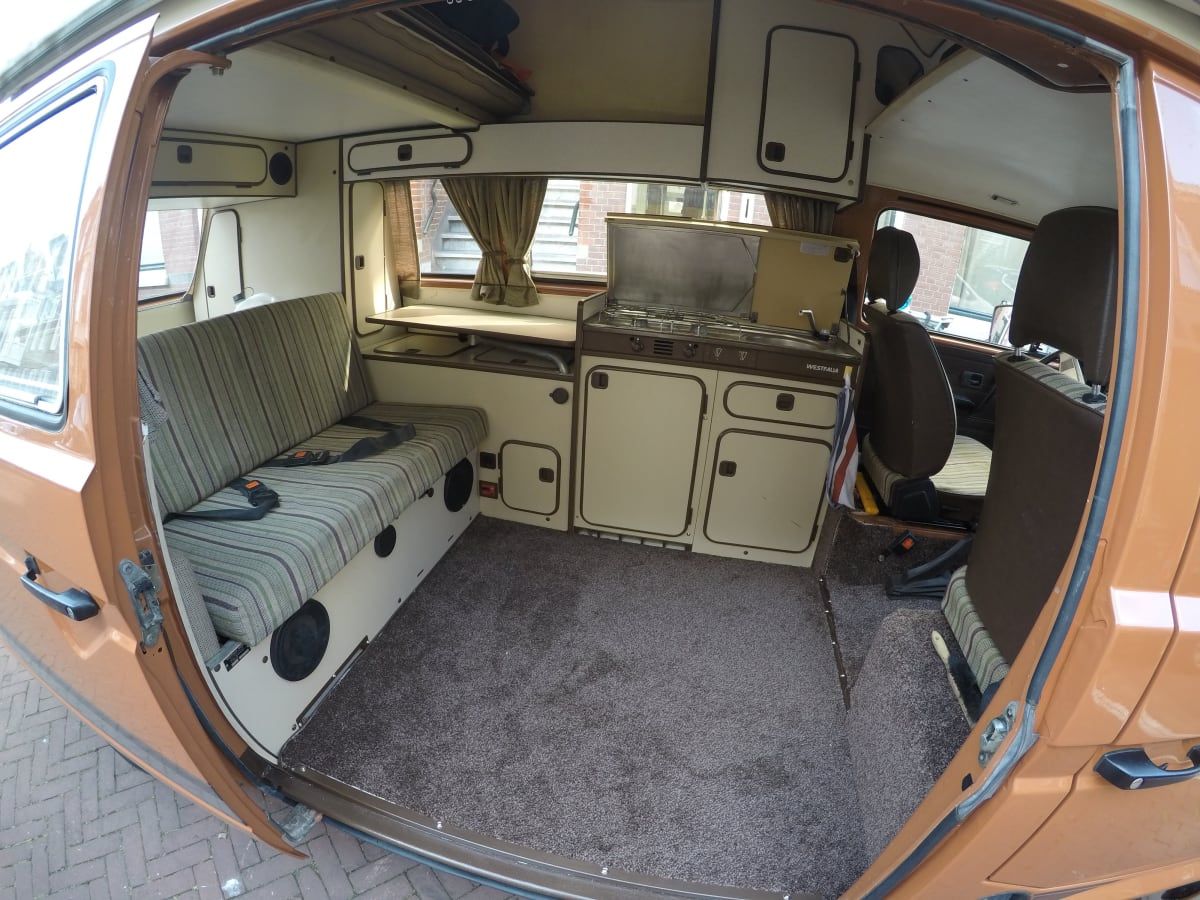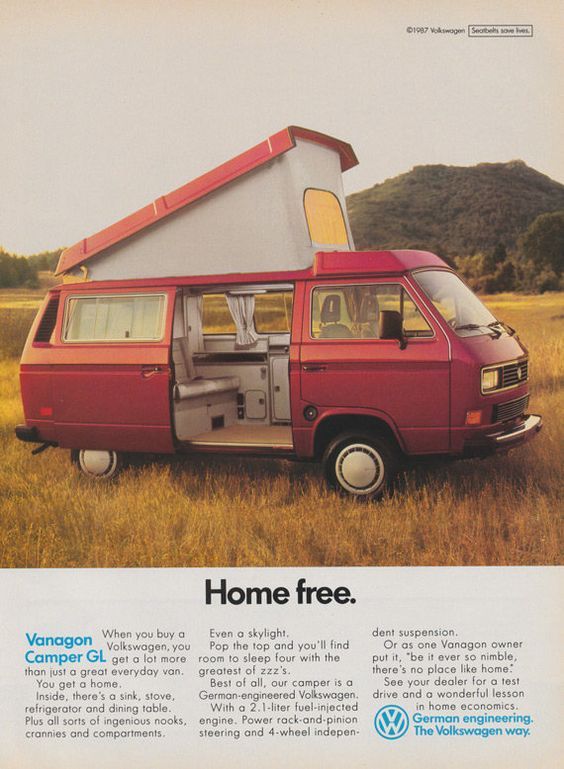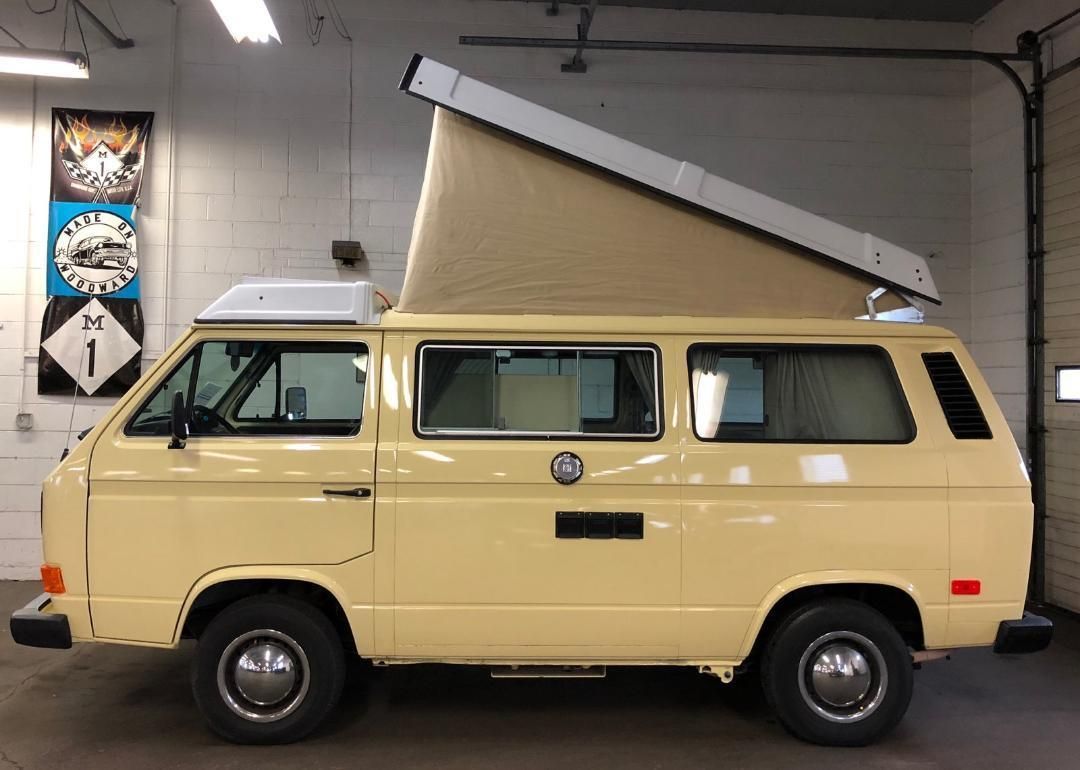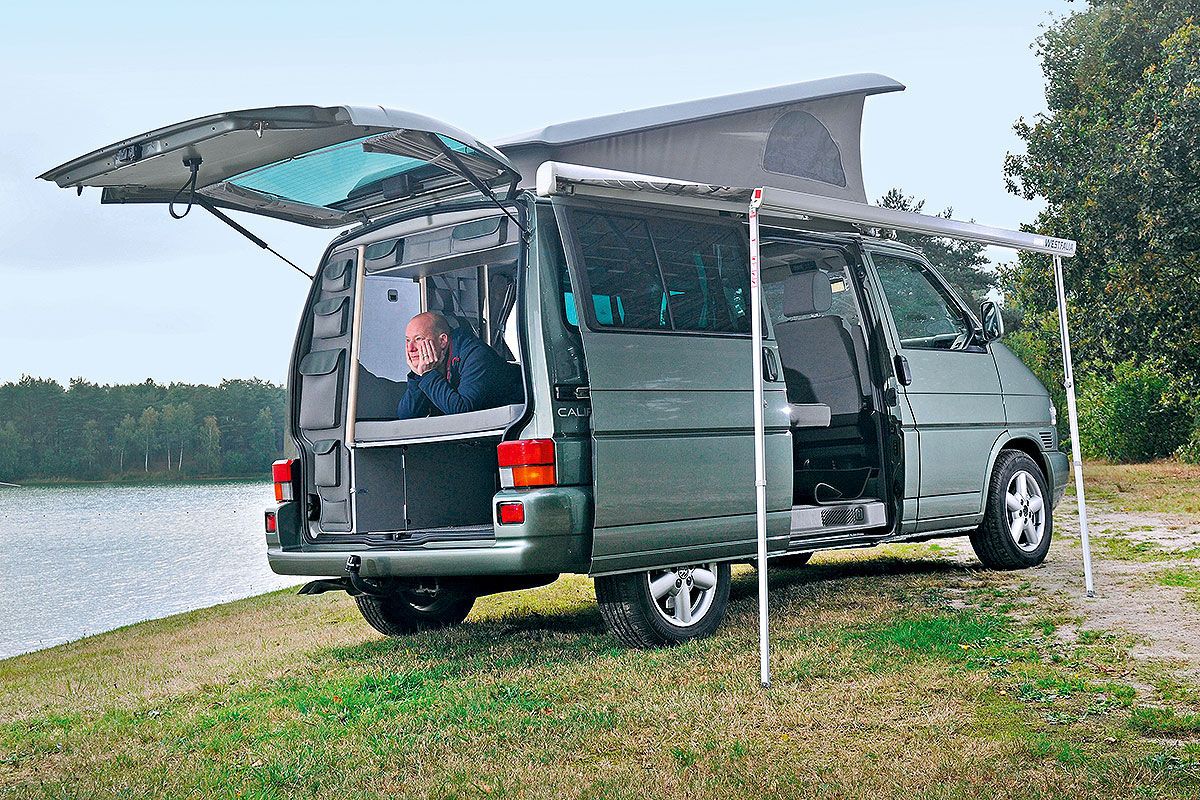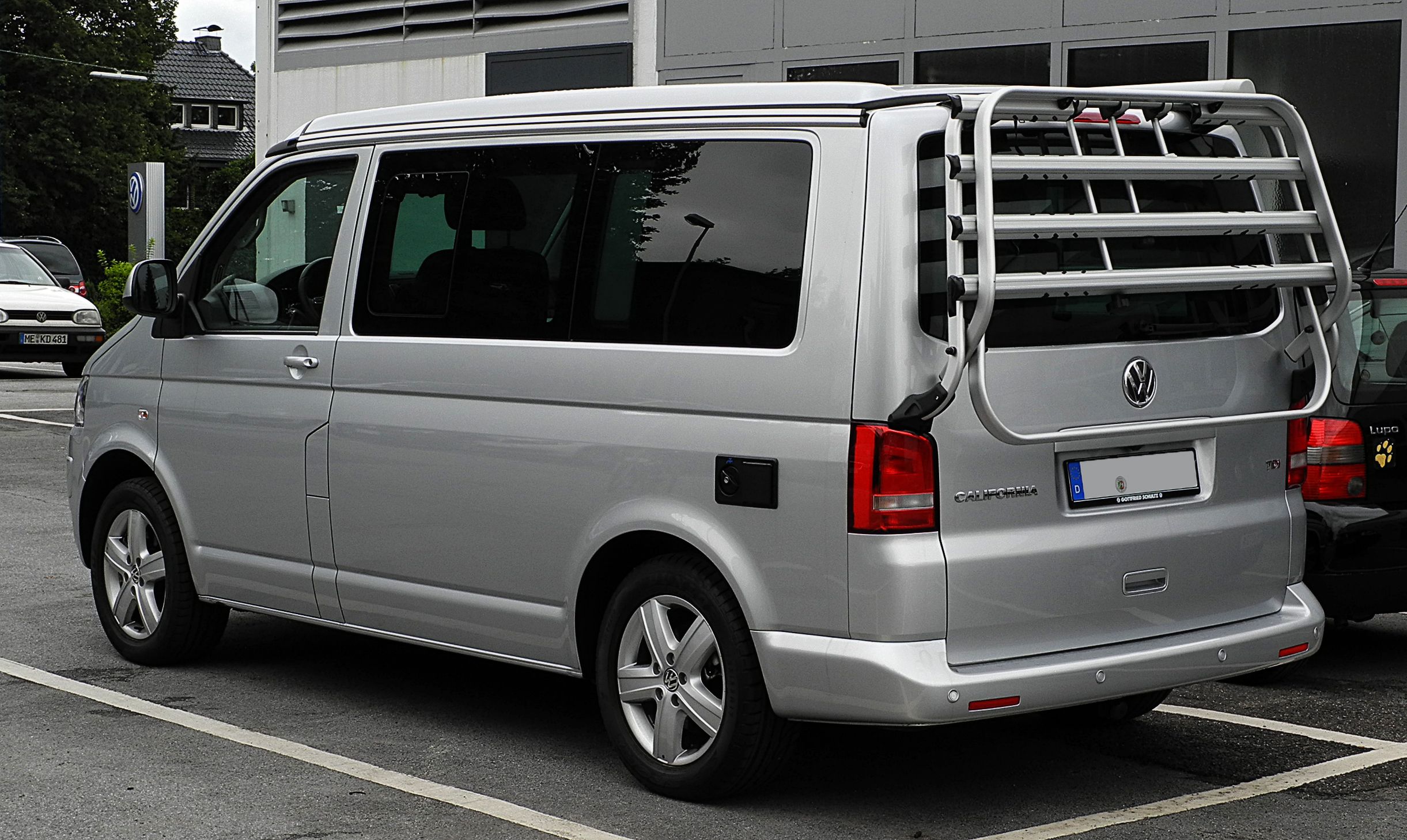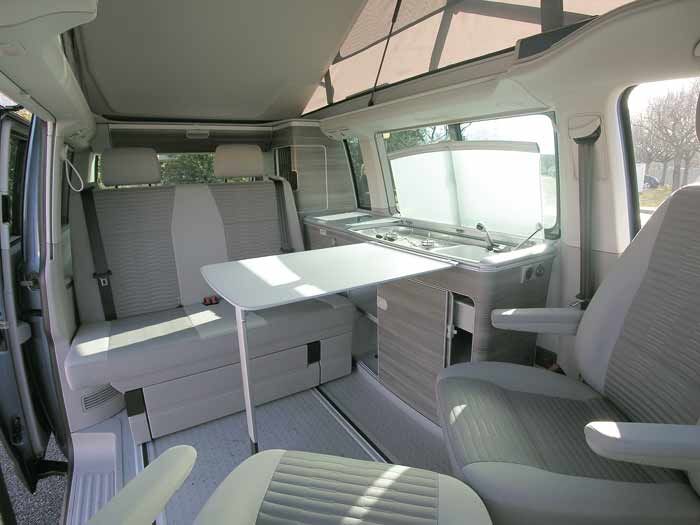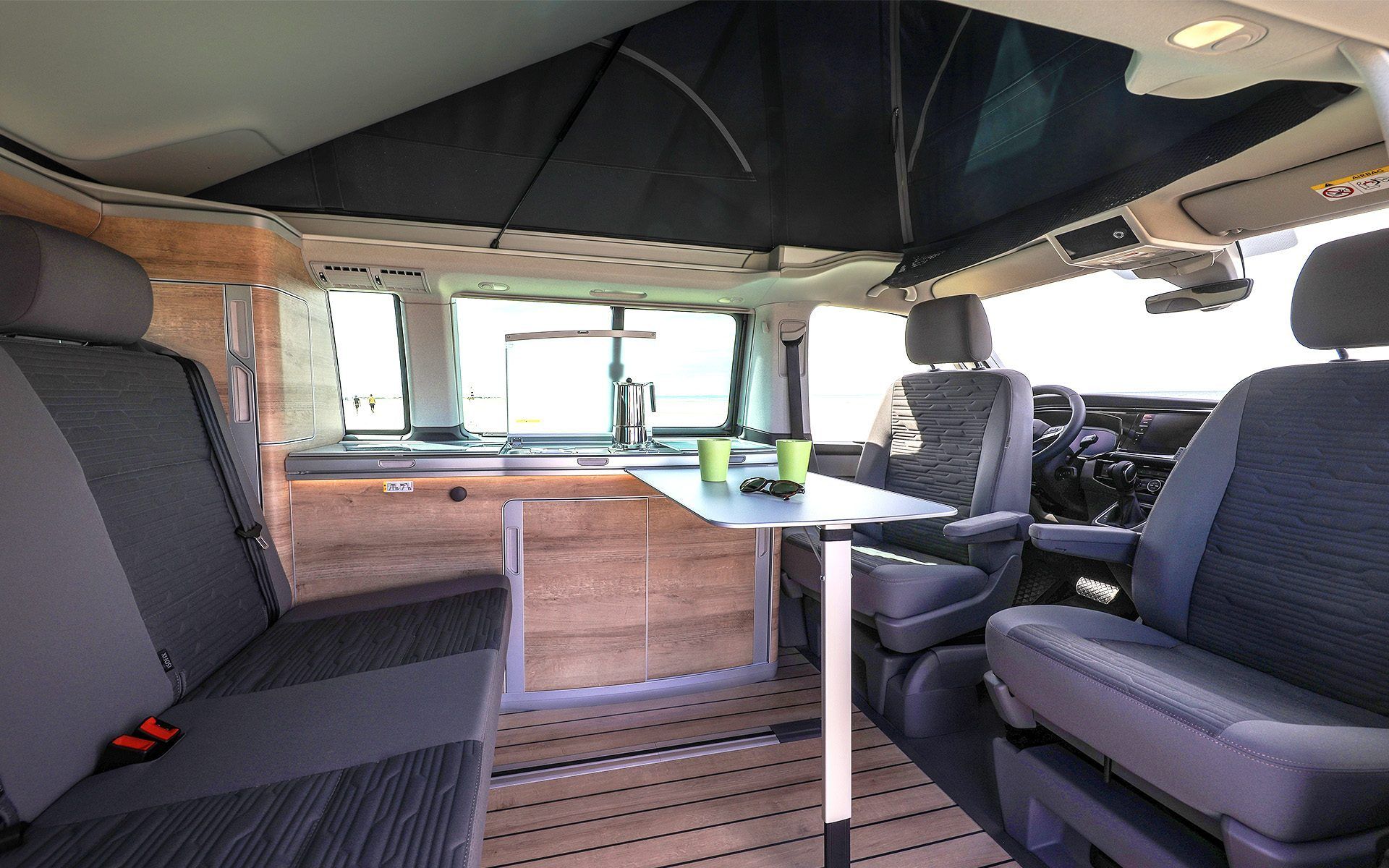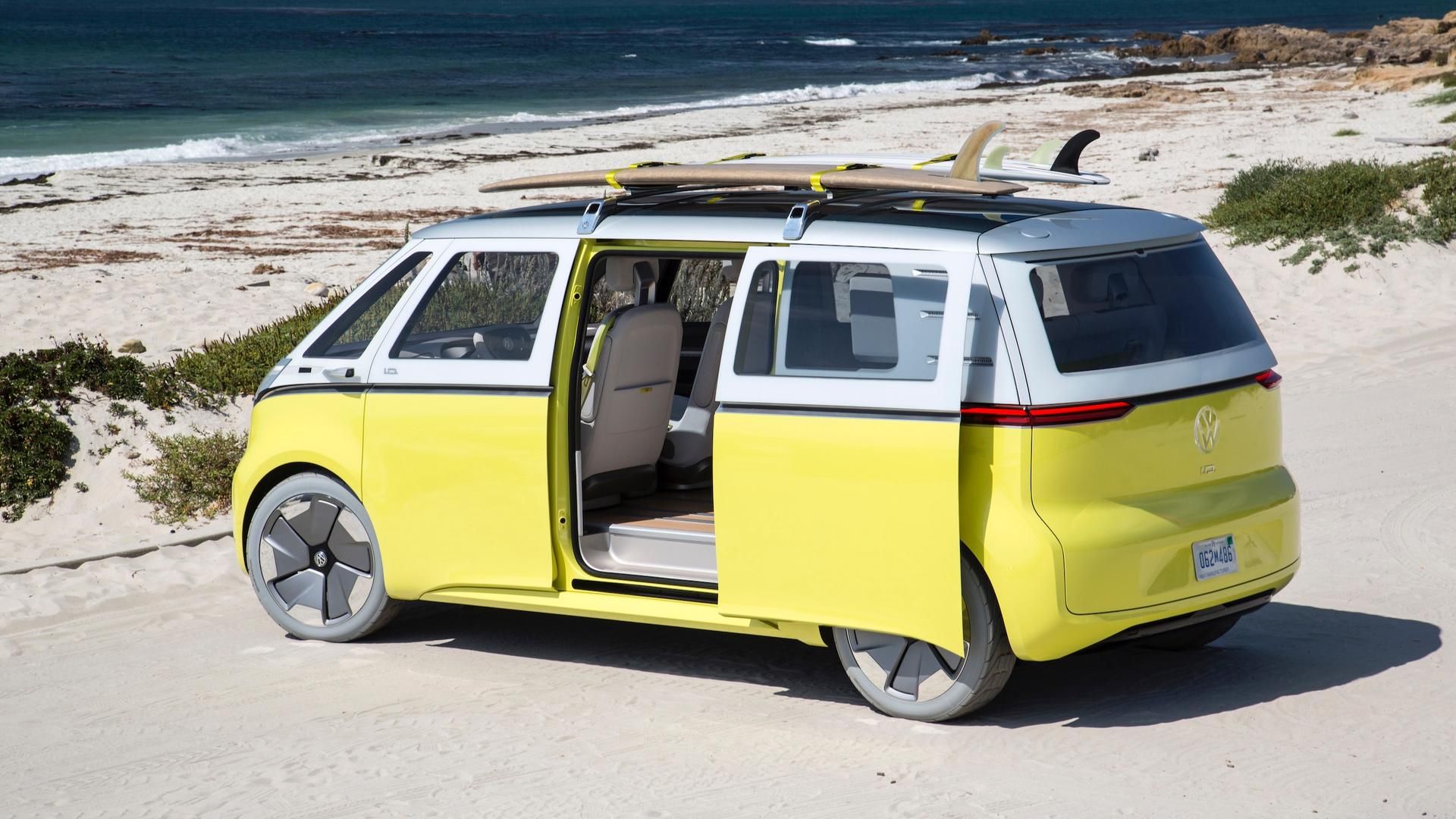Iconic and superb, the Volkswagen Transporter - in its camper van versions - has always been a symbol of freedom and adventure. Throughout the years, it has been the favorite mean of transport for the hippies, the best van for surfers from all over the world, and the first point of reference to all the outdoors enthusiasts.
There have always been several companies involved in converting the VW Transporter, like Westfalia - the first one in 1953 and probably the most productive one -, Reimo or Dehler. Only recently, Volkswagen California has begun operating as an independent brand, producing their own factory-converted vans. Whatever the case, let's take a look at the VW Camper Van's evolution.
9 The ‘50s: The Beginning Of The Vanlife Era
It all started in 1949, when a man called Ben Pon, a Dutch businessman involved in importing Volkswagen Beetles into the Netherlands, visited a VW factory in Wolfsburg, and sketched out an idea for a brand-new automobile. The VW engineers would be inspired by his sketches to bring the first Bulli - Bus e Lieferwagen (van) - to life.
In 1953, Wesfalia introduced the Camping Box, a set of custom wooden furniture for the Combi (different from the Commercial Transporter). Starting with a large all-in-one unit that fits behind the cockpit, this piece of furniture hides all the mattresses and cushions that form the sofa bed. Also, a place for a basin or a stove, as well as drawers for storing kitchen accessories were included. Finally, a removable table is installed perpendicularly to form a dinette. The canvas mushroom pop-top roof was a cool optional, destined to grow bigger in time.
8 The '60s And The ’70s: The VW T2 Bay Westfalia
In 1968, Volkswagen had produced more than 1 million Transporters and released a newer van: although it looked pretty similar to the T1, the T2 was very different. It had a new engine, new suspension, and a stabilizing bar was added to the back. The first difference that you could spot, however, is that the split windscreen was replaced with a singular window panel, that is why the T2 has also been named Bay-Window, or simply Bay.
The T2 was upgraded in 1973 and friendly referred to as the ‘late-bay’, with previous models being labeled ‘early-bay’. The ‘late-bay’ had a slightly different look, including different front lights, a squared bumper, improved brakes, and the option of a larger engine. Based on Combis whose roof was cut off from the factory, the evolution towards a bigger pop-top roof was then perfectly natural and quite simple to implement in the Westfalia factories.
7 ’80s: The European VW T3 Joker Westfalia
In 1979 VW began the production of the T3 van. The numerous Westfalia camper versions were heavily marketed by VW, and those were the first vans featuring hard-tops. The T3 was also noted by a large number of camper conversion manufacturers, that would work on the basis of the VW T3, drawing inspiration from the rise of the motorhomes in the 1980s.
Available in a pop-top and high-top version, the Volkswagen T3 Joker edition was characterized by an L-shaped sofa bed, with beige furniture and fancy fabrics. Also in its Syncro version - 4 wheels driving - the Joker was just one of the various editions available during the '80s, marking the T3 one of the most appreciated van by the European adventurers.
6 The ’80s: The American VW Vanagon
Famous for its squared and marked shape, these days the T3 is gaining popularity again, and of course, it's super Instagrammable. The arrival of water-cooled and diesel engines allowed it to engulf even greater distances. Larger than the previous T2, it offers more storage space. The American version was called Vanagon by VW to highlight the van had the room of a van, but the driving experience of a station wagon.
Variations of the US Vanagon model included the Standard Vanagon, with vinyl seats and a spartan interior; the Vanagon L with optional fabric seats, chrome window frames, more exclusive interior panels, and an optional dashboard fan and the Vanagon GL that featured a padded steering wheel and front armrests. The Westfalia pop-top Vanagons campers were available in the Campmobile version, fully equipped for camping, and the Weekender, a more basic edition equipped for shorter vacations.
5 The '90s: The VW T4 California
In its unique '90s look, this is the fourth-generation Transporter. What all T4s have in common is the modern driving concept, still valid today, with a bigger front-engine and front-wheel drive: this makes the VW T4 easier for inexperienced Bulli drivers.
Among the different models available, this is the T4 California Freedom: with its fancy equipment, it marks the higher-end version in the California range. Just to mention few features: 5 cylinders 150hp TDI engine, auxiliary heating, cruise control, navigation system. Basically everything you need for a comfortable camping experience.
4 The '00s: The TW T5 California
The California T5 was introduced in 2003 in the Beach and Comfortline series. The Beach is more simply equipped and available at a lower basic price. A folding roof, in which a bed was optional.
The Comfortline gives you a kind of being-at-home feeling with several cupboards and storage compartments, a refrigerator, a two-burner stove, a sink, and a sofa bed. A table can be opened and combined with the rotating front seats to form a seating group for four people. A camping table is stored in the sliding door, which can be used outside the vehicle with the two camping chairs in the tailgate. Unlike its predecessor, the furniture is no longer made of MDF, but of aluminum finished with wood veneer.
3 2016: The 6th Generation Transporter Goes California
Following the launch of the T6 Transporter, in 2015 a new version of the VW California was released to replace the older T5 version. Some changes applied to the revised van are a restyled grille, redesigned headlamps, and wing mirrors. Three equipment levels in this lineup were available: the T6 Ocean, the T6 Coast, and the T6 Beach. Yes, even at VW they know how bad you need a vacation in a tropical spot.
The California Ocean features an electro-hydraulically elevating aluminum roof that sustains a bed. The rear seating in the California Ocean can also easily turn into an additional bed, giving the kids a place to sleep.
2 2019: The Upgraded California 6.1
The latest version of our beloved VW Camper Van was released between 2019 and 2020. The new VW California 6.1, with its series of aesthetic, technological, and technical innovations, is the ultimate answer for travelers who require high-end comforts on long journeys.
A larger chrome grille in the front and LED lights are the main exterior changes. About the interior, everything turned to be electrically controlled and set: Digital Cockpit on the dashboard and a control panel above the head - a touchpad that will make you feel inside a space shuttle - that can control the pop-top, heating, level functions to see if you’re parked ready for sleeping, alarm and the sunrise function which lights up the interior at a specific time in the morning to wake you up.
1 The 20??: The Next Generation VW Campervan
With this electric prototype, Volkswagen projects the Bulli, the iconic Volkswagen minibus, into the future. VW grants flexible interiors to take advantage of the room available and to find the setting that best suits the customer's needs.
According to Volkswagen, the van will feature an AR head-up display that projects the navigation directly in front of the car, onto the road. And thanks to the augmented reality projection, the directional arrows will indicate exactly the path you need to follow. Will this be the solution for reaching your destination without taking your eyes off the road? We don't know. But we do know that we just can't stop taking our eyes off those VW Camper Vans.

